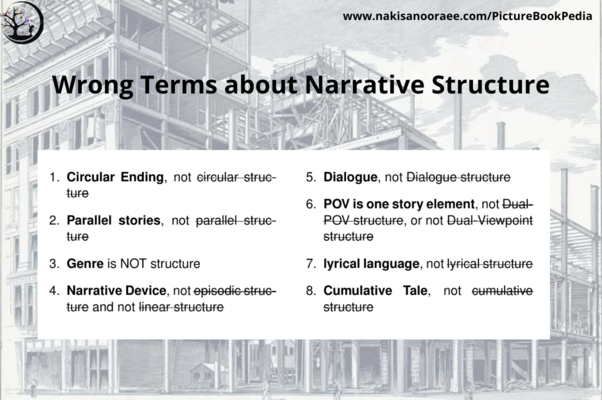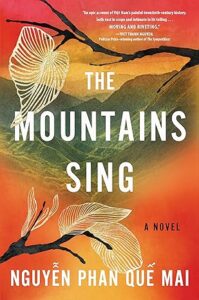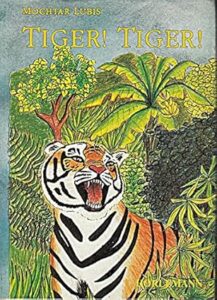Previously, in this blog post, I discussed the Narrative Structure. In a nutshell, the most used Narrative Structure is the Three Act Structure (Beginning-Middle-End).
The term Narrative Structure is self-explanatory: a Narrative Structure constructs the Narration. Yet, this simple concept has been prone to many misunderstandings. When I started learning the basics of the craft, I found many wrong terms in blog posts about the Narrative Structure that confused me. It took me a while to understand what is what.
It matters to recognize the wrong terms of Narrative Structure because if you mistake what it is with what it is not, you will draft manuscripts based on the wrong perception. The result is after many revisions, you may get the Narration in place and fix the plot holes that you could easily foresee upfront.
As far as I encountered, the wrong terms got coined in two cases:
- When a person analysis a not Narrative book with Narrative Structure that logically don’t fit and the person coins a new (wrong) term.
- When one element of narration is mistaken for the entire structure.
I’ll explain more.
Narrative Structure is for Narration, not non-fiction, not concept books
Narrative Structure is the tool for organizing fiction.
- For non-fiction, we have the Text Structures which are
- Description
- Compare & Contrast
- Cause & Effect
- Order & Sequence
- Question & Answer
- List
Mostly, I have seen the Description Text Structure mistaken for a Narrative Structure. In Description Text Structure, the author describes a subject for the reader which is totally different from a story. It is true that in both a Narrator informs the reader of some events/facts but it doesn’t suffice.
- Narrative Structure is NOT for concept books
Concept books, especially how-to books, confused many. A concept book explains a concept to the reader. The concept may be basic, like alphabet, numbers, colors, reading time, etc which we see mostly in board books. Or, the concept may be a cultural subject like a tradition or a national food. In both cases, concept books are not Narrations. They don’t have Inciting Incidents and the defining literary elements that make a story.
Writing a concept book isn’t easy. It is like walking in a forest. Compare it with writing a Narration in that you have street signs (Narrative Structure).
One element of narration is mistaken for the entire structure.
The second case is more prevalent. Below is a list of some wrong terms I have seen so far.
Before we dive into the list, I want to pass you a simile that helped me a lot. The Narrative Structure is like the iron skeleton of a building. Directly and indirectly, it is related to all parts of the building—roof, floors, stairs, walls, windows, door, etc. I will come back to this simile while discussing the wrong terms.
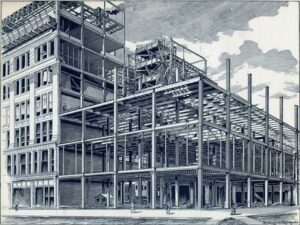
- Circular Ending (not circular structure)
If the beginning and end of the story resemble each other, the ending is called a circular ending—the story circles back to the scene/sentence it started. The circular ending is only one type of many types of the Narrative Ending. Bad news: if a manuscript has a circular ending, it doesn’t mean it has a structure! For example, if the first and the last scenes of a manuscript happen in a classroom, this doesn’t mean the manuscript has a Narrative Structure.
Imagine a multistory building. Its roof may have a swimming pool or some solar cells or a roof garden, etc. The skeleton frame of the building is one thing, the type of its roof is another thing. The same is about the Narrative Structure (the skeleton) and the Narrative Ending (the roof).
- Parallel stories (not parallel structure)
In a book with parallel stories, the writer tells two or more separate narrations, connected with one theme or an event, or a common character. The parallel story is NOT a structure. On the contrary, each of the stories should have its own strong and separate narrative structure. When I think of parallel stories, the image of the Petronas Towers (in Kuala Lumpur, Malaysia) comes to my mind.
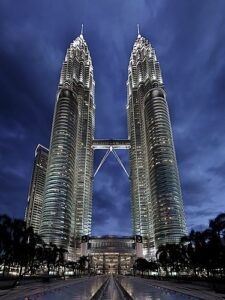
Remember that each tower has its own structure.
- Narrative Device, (not episodic structure, not linear structure)
- Story-within-story is a literary technique, (not Story-within-story structure)
Story-within-story (or framing story) is a sophisticated literary technique. It’s when one of the characters of the story tells another story (or stories). ONE THOUSAND AND ONE NIGHTS is a classic example of this technique,
Nesting a story inside another one does NOT give the manuscript a Narrative Structure. It is important to know that the frame story should have a solid structure before adding another story. And, it is not an easy thing to do. In this blog post, I gave some examples of picture books that applied the story-within-story technique.
- Genre is NOT a Narrative Structure
Terms like meta-fiction structure or mystery structure are wrong. Genre and Narrative Structure are too very different things.
- Dialogue is one story element, Dialogue structure is wrong
Dialogue is one of the elements in the story. If a manuscript consists only of two characters conversing with each other, it doesn’t mean the narration is structured. If merely dialogue would make a story, all of our daily conversations with people around us were stories!
You may tell with a mixture of dialogue, monologue, or description of events. Or, you may only use one of these. But, this is only one element of the story, not the structure of the story.
With our building example, you may design your building to have one big window in each room. Or, three small windows. Or, no window at all. They are all choices on the window, not on the iron skeleton
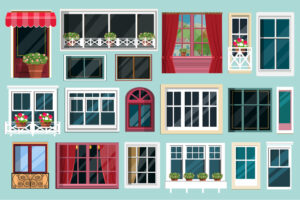
- POV is one story element, Dual-POV structure is wrong
Similar to the previous item, Point Of View (POV) is only one of the Narration’s elements. A Narrator who speaks and speaks and speaks has a POV but this is not enough to construct a story.
- lyrical language, not lyrical structure
The text of some picture books is lyrical. However, it isn’t how they are structured. Words are like walls in a building. Bricks, or concrete blocks? Or, wood? Whatever wall material you select, it isn’t enough to plan and build a building!
- Cumulative Tale, not cumulative structure
Even though story and tale are two different things, they are, often carelessly, used interchangeably. A tale is a simple form of narration and consists of a series of events that may or may not follow an overarching goal. Whereas, in the story, the main character follows a goal (called Plot Goal). The other difference is in the tales, characters are general, not specific. In the story, the character is one of the pillars which should have very specific character traits.
Folk tales, beast tales, fairy tales, tall tales, and trickster tales are just some subcategories. In picture books, traditionally, the cumulative tales were more favorable. They are like snowballs, rolling down from a mountain’s peak. Their repetitive phrases and predictability engage young readers. For instance, remember THERE WAS AN OLD LADY WHO SWALLOWED A FLY.
If you know any other wrong term, please let me know in the comments. In the next blog posts, I will dive deep into Text Structure for non-fiction.
I write blog posts about the craft of writing regularly. The lists of the previous posts are in PictureBookPedia and ChapterBookPedia, you can read my blog posts about chapter books. Also, I publish a quarterly newsletter that includes links to my recent blog posts.
